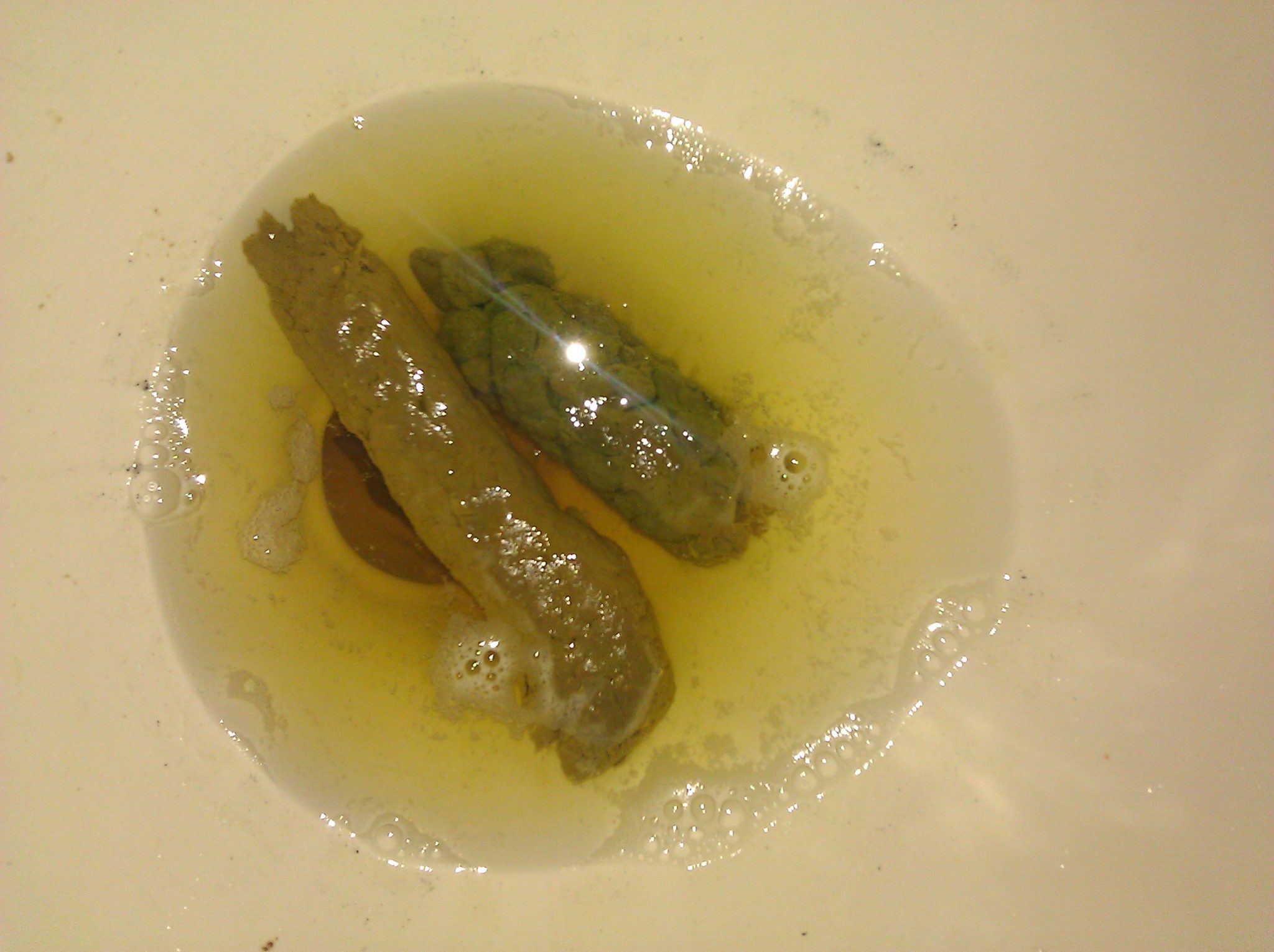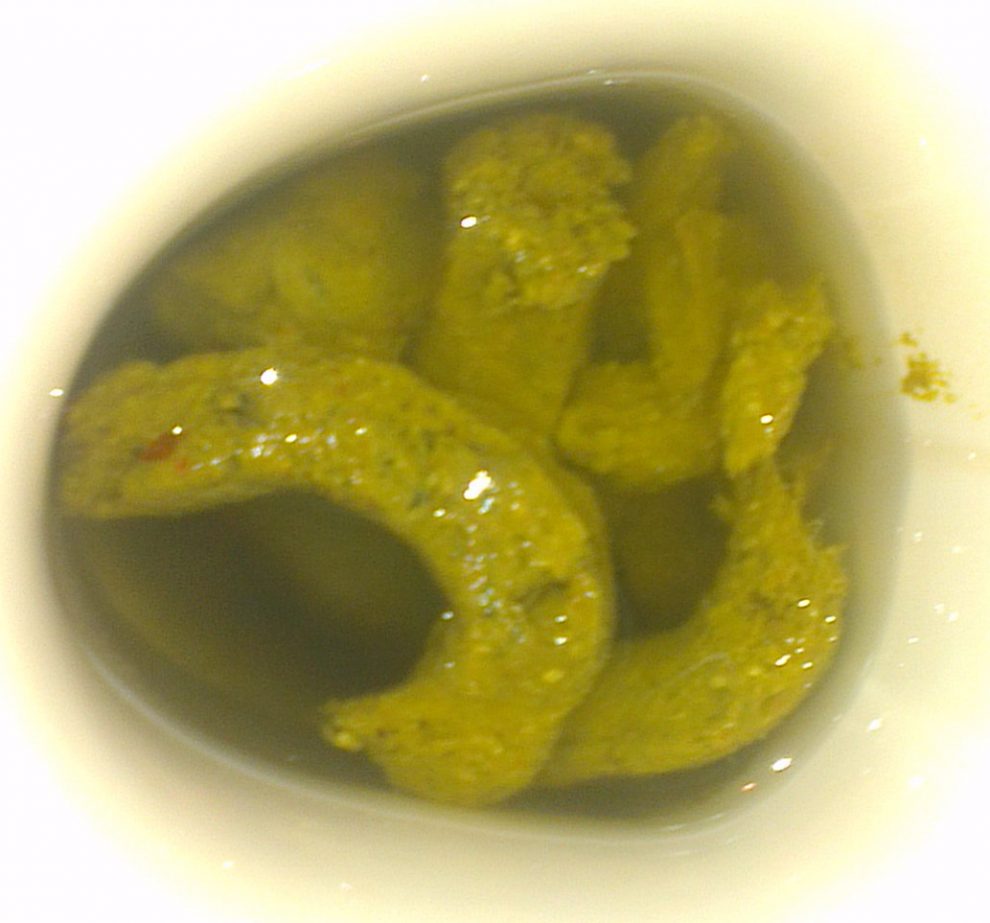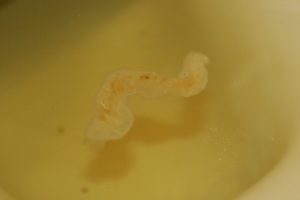The color of normal stools of a person is in range from medium to dark brown. The stools can either be hard or loose depending on the health condition of a person. The normal brown color of stools is due to a pigment known as Bilirubin. The breakdown of red blood cells in the body results in the production of Bilirubin. The pigment is produced in liver and is transported to gallbladder where it gets mixed with bile from liver. From gallbladder the Bilirubin passes into intestine, here the breakdown of bile takes place under the action of bacteria and excessive Bilirubin is passed out along with stools and urine. In this article we will study the causes and treatment of yellow stools in children and adults.
Contents
What is a Yellow Stool?
Bilirubin is a yellow pigment which is considered as a bye product of red blood cells breakdown. The increase in Bilirubin due to underlying health concerns result in yellow stools. What does yellow liquid diarrhea mean? Yellow stools of a person are an indication of underlying health concerns. You can consult several online stool color charts to find out if your stools are normal or you need medical supervision. Brown stools of any shades are considered normal and deviation in the color are often indicator of underlying health concerns.
Causes of Yellow Stools:
Yellow stool and abdominal pain are caused by the mix up of excessive Bilirubin in the stools. The following factors result in yellow stools in body:
-
Disorders of liver and gallbladder:
Several liver concerns such as cirrhosis and hepatitis result in yellow stools. During these conditions there is a considerable reduction in the bile production and as a result of it the digestion of food is disturbed. Stones of gallbladder also result in decreased production of bile which in the end results in yellow stools or bright yellow watery diarrhea.
-
Pancreatic Disorders:
Several pancreatic disorders such as cirrhosis of pancreas, and pancreatic cancer result in blocking pancreatic duct which ultimately end up in producing yellow stools and nausea along with yellow stool and gas. As the pancreatic duct is blocked, the enzymes needed for the digestion of food fail to reach the intestine and result in greasy stools as well.
-
Celiac disorders:
A common protein found in wheat, barley and rye is gluten which sometimes results in damaging the tissues of small intestine in case of celiac disease. As this condition is caused, intestine fails to absorb nutrients needed by the body. It is a genetic disorder and run in various families. A lot of symptoms are associated with this disease which makes it difficult to be diagnosed. The common symptoms of celiac diseases are constipation and diarrhea, nausea and vomiting, bloating and fatigue, rash of skin and headache, considerable reduction in bone density, anxiety and depression etc. There is no known cure of celiac diseases. The preventive measures are helpful which involves the elimination of gluten based diet.
Read this Article : Mucus in Stools
-
Gilbert’s Syndrome:
The genetic liver disorder characterized by high Bilirubin levels in the body is known as Gilbert’s syndrome. The symptoms of this disorder are too mild and most of the people unknowingly suffer from it and hence the syndrome normally goes untreated.
-
Giardiasis:
It is a disease of intestinal tract caused by Giardia which is a typical parasite of intestine. The ingestion of giardia cysts result in giardiasis. Contaminated food and water are the vehicles for the transmission of this parasite. The key symptoms include diarrhea with yellow coloration and foul smell, cramping of stomach, nausea and low grade fever along with frequent reduction of weight. The condition is treated by antibiotics. Yellow stools everyday is caused normally due to serious health concerns.
-
Yellow Stools in Infants:
The yellow stools are often noticed while changing baby’s diapers and are generally one of the main concerns of the parents. In infants the yellow colored stools are the indication of shorter transit time of food inside the intestine. The change in stool coloration is frequent but if you notice blood or profuse diarrheal type of motions along with yellow stools, you need to consult your health care provider immediately.

-
Yellow Stools in Adults:
In adults the yellow stool color is indication of some underlying health concerns such as stomach illnesses, diarrhea, GERD, Cholestasis, diseases of liver and pancreas, tumor etc. Yellow stools are also caused by dietary changes. But if you constantly experience the paleness of stools you need to consult your doctor soon to rule out the risk of complications. If you have yellow stool but no other symptom, it can be due to dietary changes. Also yellow stools during periods are sometimes reported by females due to the breakdown of red blood cells.
Diagnosis and Treatment:
As you consult your health care provider, your doctor will order the stool test to find out the exact cause of the condition. Sometimes, ultrasound of abdominal area is also advised along with liver function tests to find out the root cause of yellow stools.
As the root cause for yellow stools is diagnosed, the treatment depends on the cause and severity of the condition.
Bottom Line:
Yellow stools are caused by certain underlying health concerns. The normal color of human stools is in range from light brown to dark brown but sometimes due to internal reasons or dietary changes, the color of stools turn pale. If you experience changes in coloration of stool or yellow stools for a week or more than a month you need to consult your doctor. The condition is caused by many factors such as diseases of liver and pancreas, celiac disorders and improper functioning of liver. As you consult your health care provider, some diagnostic tests will be advised such as stool test, stool culture test, ultrasound of stomach, liver, pancreas and intestine to find out the root cause of this condition and treatment is provided accordingly.
Read this Article : Hobo Spider Bite, Symptoms and Preventive Measures










